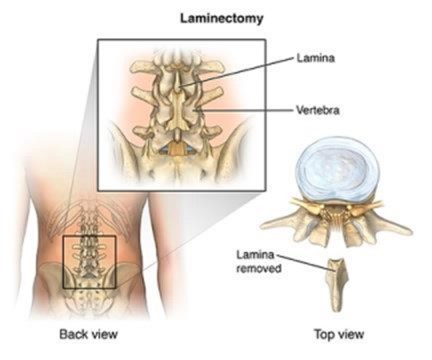A nurse is completing discharge teaching with a client following arthroscopic knee surgery. Which of the following instructions should the nurse include in the teaching?
Remain on bedrest for the first 24 hr.
Apply ice to the affected area.
Begin active range of motion.
Keep the leg in a dependent position.
The Correct Answer is B
A. Remain on bedrest for the first 24 hr.: This is not recommended after arthroscopic knee surgery. Early mobilization and ambulation are encouraged to prevent complications such as blood clots and promote healing.
B. Apply ice to the affected area: This is an important instruction. Applying ice can help reduce swelling and pain after surgery. It's typically recommended for the first 24-48 hours.
C. Begin active range of motion: While range of motion exercises are important, they should be initiated as directed by the healthcare provider, and they should be done gently to avoid straining the surgical site.
D. Keep the leg in a dependent position: This is not recommended. Elevating the leg can help reduce swelling and promote circulation. Keeping the leg in a dependent position could exacerbate swelling and discomfort.
Nursing Test Bank
Naxlex Comprehensive Predictor Exams
Related Questions
Correct Answer is B
Explanation
A. Positioning the client in a high-Fowler's position if clear drainage is noted on the dressing is not a specific intervention for a laminectomy with spinal fusion. The nurse should follow the surgeon's specific postoperative orders regarding positioning and wound care.
B. Monitoring sensory perception of the lower extremities is a crucial nursing intervention after a laminectomy with spinal fusion. This is to assess for any signs of neurovascular compromise or nerve damage.
C. Assisting the client into the knee-chest position to manage postoperative discomfort is not a recommended position after a laminectomy with spinal fusion. The nurse should follow the surgeon's specific postoperative orders regarding positioning.
D. Maintaining strict bed rest for the first 48 hours postoperative is not typically indicated after a laminectomy with spinal fusion. Early mobilization and ambulation are often encouraged to prevent complications and promote recovery. The nurse should follow the surgeon's specific postoperative orders regarding activity and mobility.

Correct Answer is D
Explanation
A. Stretching exercises are beneficial for improving flexibility and range of motion. This however doesnt load bones to slow down osteoporosis.
B. High-impact aerobics can increase the risk of fractures in individuals with osteoporosis due to the stress on bones. It is not a recommended form of exercise.
C. Riding a bicycle is a low-impact exercise that can be beneficial for cardiovascular health, but it may not specifically address the needs of osteoporosis.
D. Walking briskly is a weight-bearing exercise that can help strengthen bones. It's a good recommendation for clients with osteoporosis.
Whether you are a student looking to ace your exams or a practicing nurse seeking to enhance your expertise , our nursing education contents will empower you with the confidence and competence to make a difference in the lives of patients and become a respected leader in the healthcare field.
Visit Naxlex, invest in your future and unlock endless possibilities with our unparalleled nursing education contents today
Report Wrong Answer on the Current Question
Do you disagree with the answer? If yes, what is your expected answer? Explain.
Kindly be descriptive with the issue you are facing.
